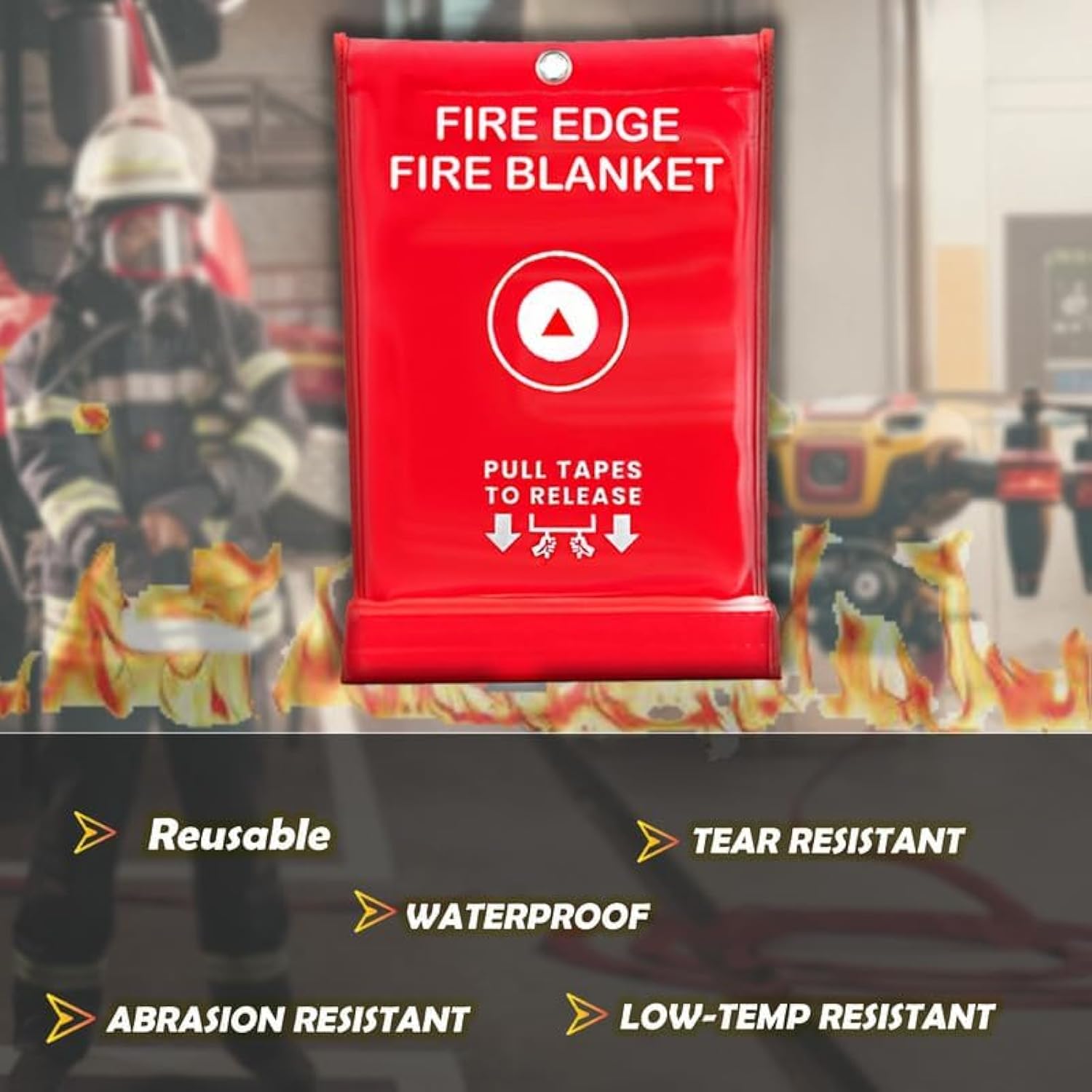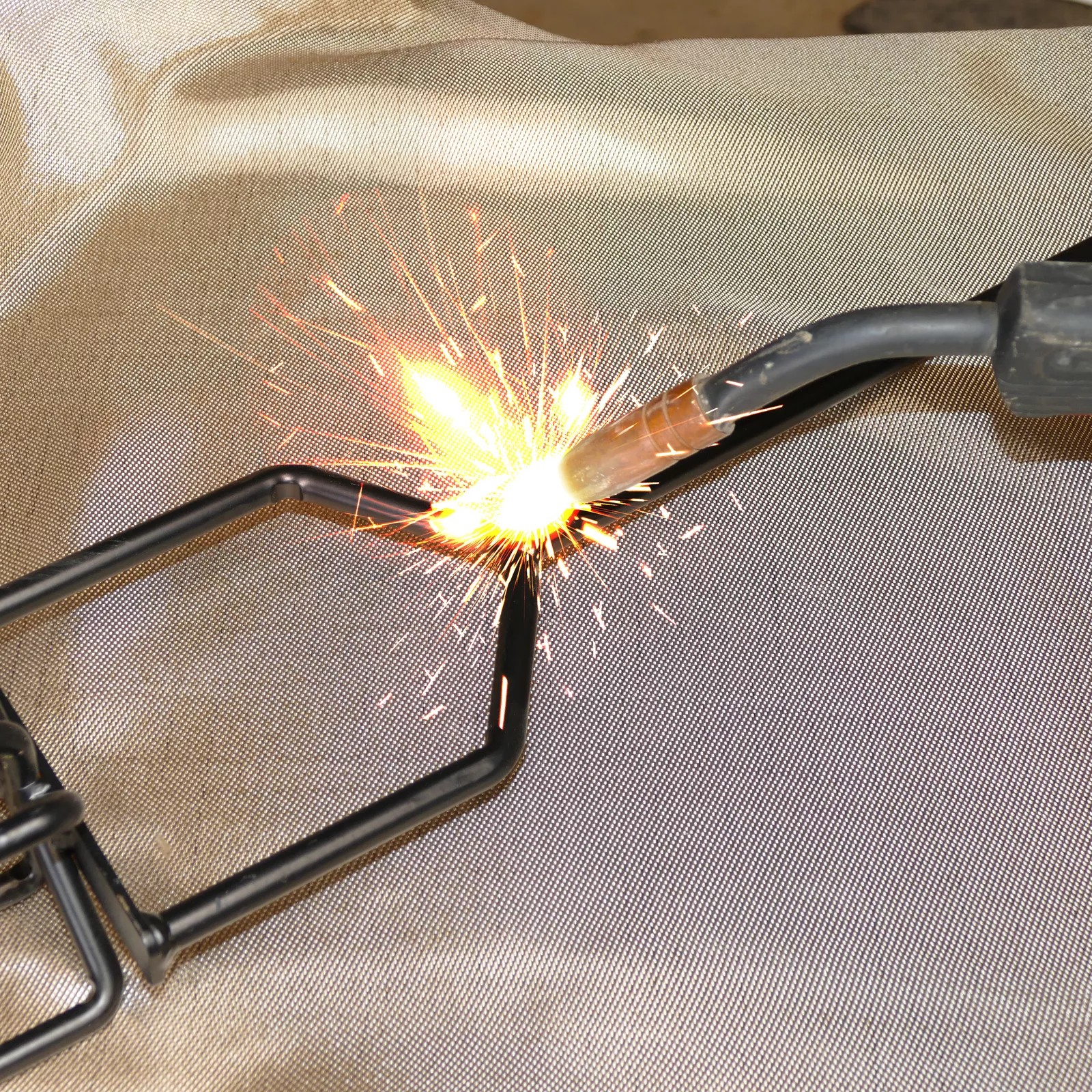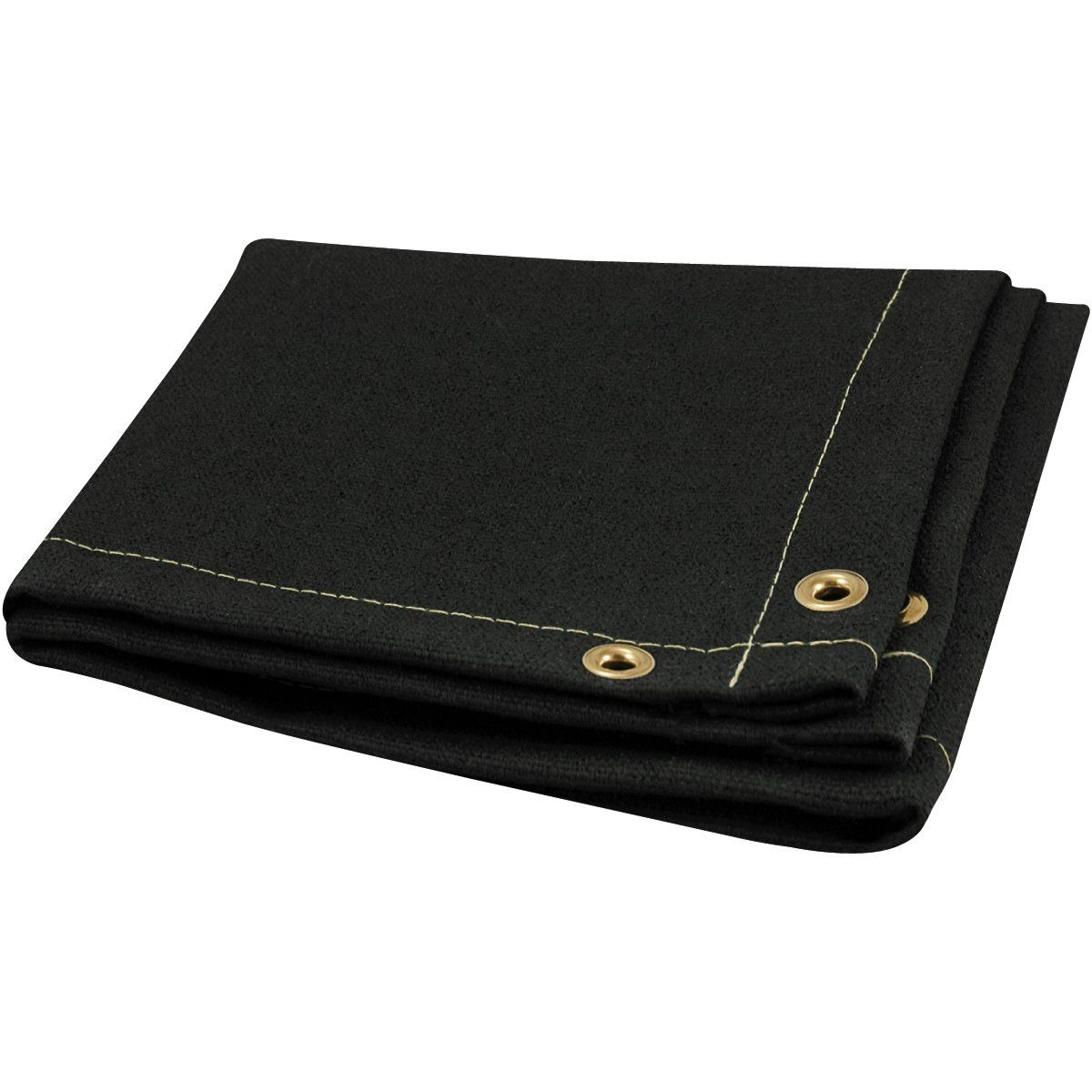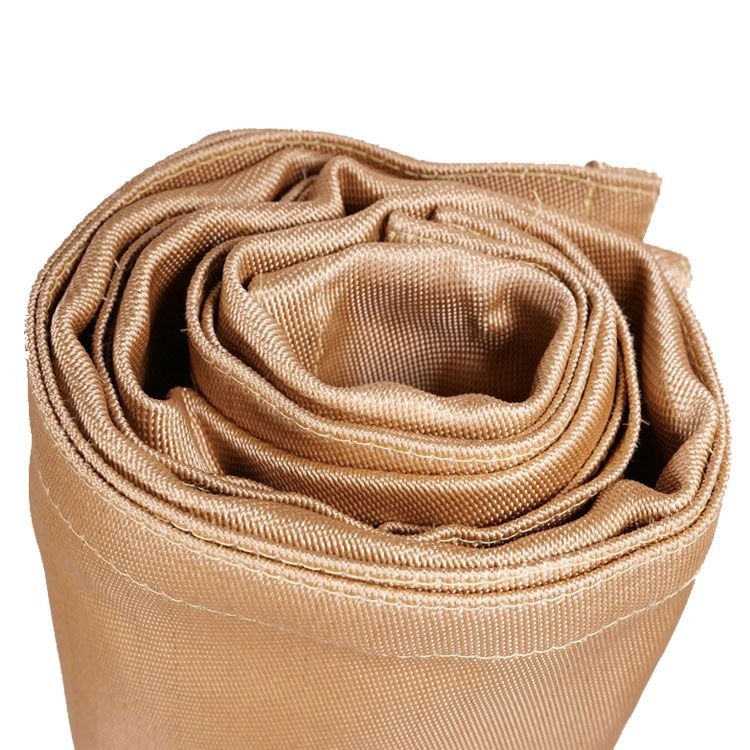Fire Blanketing: Essential Protection for Workplace and Home Safety
Summary:Fire blankets are crucial safety tools that smother small fires by cutting off oxygen. This guide explains how they work, proper usage, maintenance, and why every home/workspace should have one.
What Is Fire Blanketing?
Fire blanketing refers to the process of using specially designed blankets to extinguish small fires. These blankets, typically made from fiberglass or other flame-resistant materials, work by smothering flames and cutting off their oxygen supply. Unlike fire extinguishers, they leave no residue and are reusable after proper inspection.
When to Use Fire Blankets
You should use fire blankets for:
- Small container fires (like frying pan fires in kitchens)
- Clothing fires on a person
- Electrical fires where water would be dangerous
- Confined space fires where extinguisher spray could spread flames
Never use them for large, spreading fires or gas fires - evacuate immediately in these cases.
How Fire Blanketing Works
The science behind fire blanketing is simple but effective. Fire requires three elements: heat, fuel, and oxygen. By placing the blanket over flames, you:
- Create a physical barrier that prevents oxygen from reaching the fire
- Absorb heat through the blanket's material
- Contain flammable vapors that could reignite
Quality fire blankets can withstand temperatures up to 900°F (482°C) for several minutes.
Proper Fire Blanket Usage
Follow these steps for effective fire blanketing:
- Pull the tabs to release the blanket from its container
- Hold the blanket by the corners with your hands protected behind it
- Approach the fire from upwind if possible
- Place the blanket gently over the flames - don't throw it
- Leave the blanket in place for at least 15 minutes
- Call emergency services if you haven't already
Choosing the Right Fire Blanket
Consider these factors when selecting fire blanketing equipment:
- Size:Standard sizes range from 3x3 feet to 6x6 feet - larger for industrial use
- Material:Fiberglass with fire-resistant coating is most common
- Certifications:Look for UL, CE, or ISO markings
- Mounting:Wall-mounted cases with quick-release mechanisms are safest
Maintenance and Inspection
To ensure your fire blanket remains effective:
- Inspect monthly for damage or contamination
- Replace if the material shows tears, holes, or stiffening
- Keep the storage container clean and accessible
- Follow manufacturer's replacement guidelines (typically 5-7 years)
Fire Blanketing vs. Extinguishers

While both are important, fire blanketing offers advantages in certain situations:
| Feature | Fire Blanket | Fire Extinguisher |
|---|---|---|
| Best for | Small contained fires, clothing fires | Larger or spreading fires |
| Cleanup | None needed | Requires cleanup |
| Training needed | Minimal | Moderate |
| Reusability | Yes (after inspection) | No (single use) |
Where to Install Fire Blankets
Strategic locations for fire blanketing equipment include:
- Kitchens (within 10 feet of cooking areas)
- Workshops with flammable materials
- Near electrical panels
- Science labs in schools
- Garages with fuel storage
Mount them at shoulder height for easy access during emergencies.
Common Fire Blanketing Mistakes
Avoid these errors when using fire blankets:
- Using on large fires (blankets are for small, early-stage fires only)
- Removing the blanket too soon (wait until completely cooled)
- Storing near heat sources that could damage the material
- Blocking access with furniture or equipment
Conclusion
Fire blanketing provides simple, effective protection against small fires. By understanding proper selection, placement, and usage, you can significantly improve safety in your home or workplace. Remember that fire blankets complement - but don't replace - other fire safety measures like extinguishers and smoke detectors.






